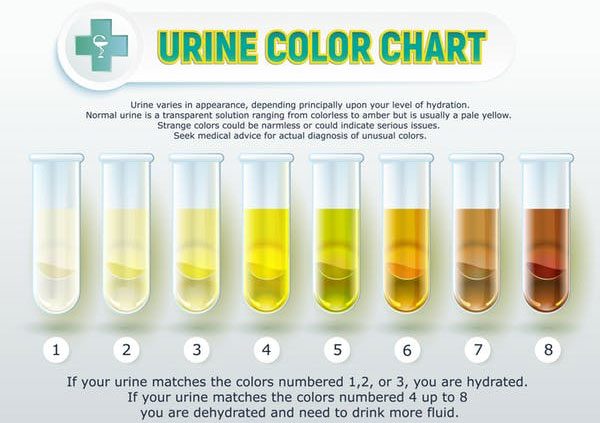Our bodies use nutrients from the foods we eat. However, the processes involved in digestion also produce what we call “by-products.” It is here that a new chemical is created.
Some by-products in the body are waste, and our bodies have an intelligent waste management system to eliminate them.
Some waste is expelled from the body through feces. Waste that can dissolve in water is eliminated through urine. We refer to this as “water-soluble waste.”
The organs in the body responsible for producing urine are the kidneys, which are shaped like kidney beans.
A Delicate Balance
The kidneys work around the clock to ensure that the body maintains a balance of water, salt, and chemicals, without an excess of water-soluble waste.
The kidneys contain special filters that help sort useful substances from waste. They are also responsible for transporting water-soluble waste from the kidneys down two special tubes known as ureters and into the bladder (located near the reproductive organs).

If your urine is light yellow, it means you have been drinking plenty of water.
When the bladder is full, it sends a message along the nerves to the brain, prompting the sensation of needing to urinate.
So… why is urine yellow?
A recent study has clarified this seemingly obvious biological characteristic. Specifically, the study discovered that an enzyme named bilirubin reductase is responsible for the characteristic yellow color of urine.
“This is a common biological phenomenon that has not been scientifically explained until now. Our team is excited to have unraveled this mystery,” said Assistant Professor Brantley Hall from the Department of Cell Biology and Molecular Genetics at the University of Maryland.
The color of urine depends on the amount of bilirubin reductase and the amount of water present.
Urine is a combination of water, electrolytes, and waste filtered out of the blood by the kidneys. According to scientists, the yellow color of urine originates from the recycling of the body’s old blood cells. Red blood cells typically have a lifespan of about 120 days before they are broken down in the liver.
This process produces bilirubin, a bright orange substance. Bilirubin then continues to the intestines, where gut bacteria convert it into a colorless compound called urobilinogen. The breakdown of urobilinogen leads to the formation of urobilin—a yellow pigment that gives urine its color.
If your urine is light yellow, it means you have been drinking a lot of water and have a high water content in your urine. We refer to this as “hydrated.
If the urine is dark yellow, it indicates less water and a relatively high amount of bilirubin reductase. This means you have either consumed enough water or may be dehydrated.
What constitutes drinking too much water and what signifies not enough water?
When you do not drink enough water, your kidneys receive a message from your brain to retain more water in the body. You will also start to feel thirsty.
If individuals cannot drink water (for instance, due to vomiting), they may require water to be administered directly into their bloodstream. In such cases, you would visit a doctor, and they would provide fluids to your body (a saline bag would be infused into your bloodstream through a needle in your arm).
If you drink more water than your body needs, your body will “tell” the kidney filters to eliminate the excess water. Consequently, your urine will appear more diluted.
- Diagnosing diseases through urine
- Guide to reading urine test results
- Revealing the origin of artificial meat: What surprising stories are hidden?
- Unveiling a precious creature over 100 million years old that has misled scientists for so long
- China extracts uranium from seawater three times faster than other methods




















































